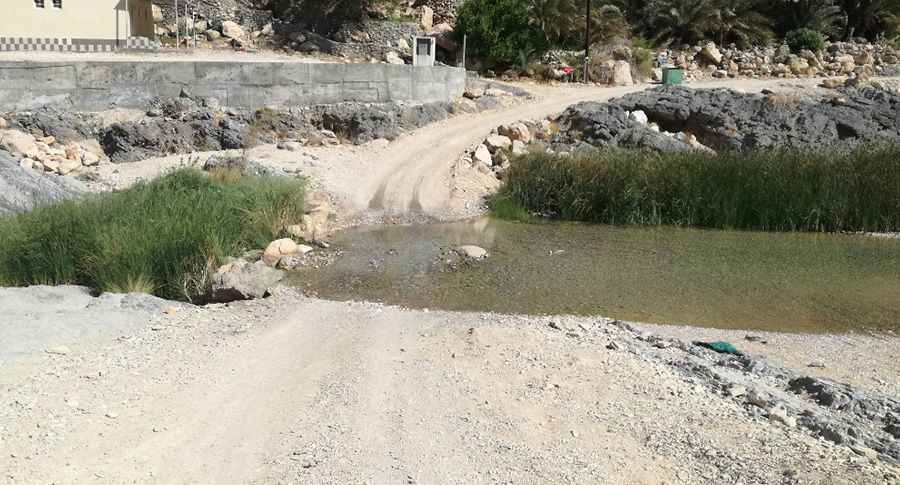The Road to Wadi Arbaeen Has it All!
Located in the Al Sharqiyah region in northeastern Oman, Wadi Arbaeen is one of the most amazing wadis in Oman. Drive slowly and carefully, as some sections have sharp heights and curves.

Is the Road to Wadi Arbaeen Unpaved?
The road to the wadi, also known as Wadi Al Arabiyeen or Wadi Al Arabieen, is completely unpaved. Ensure your tires are in good condition with thick sidewalls, as the wadi is filled with sharp rocks and gravel. The road to this oasis, set amidst barren and dry mountains, is very narrow in parts and slippery in some areas due to the gravel.
How Long is the Road to Wadi Arbaeen?
Starting from Dibab, the road is 14.6 km (9.07 miles) long and follows the course of the Wadi Al Arbaeen river.
Can I Drive My Vehicle on the Road to Wadi Arbaeen?
If you dare to take on this challenging road, ensure the driver has experience with off-road driving. Most SUVs should be capable, though some may be too low and could get damaged by rocks on certain stretches. This route is unsuitable for regular cars. A four-wheel-drive vehicle is a must, as you will need to go off-road to reach the wadi.
How Remote is the Road to Wadi Arbaeen?
The trail passes through remote areas, so be prepared. Mobile coverage is lost in some sections, and it's important to fill up on gas well before heading out. Wadi Al Arbaeen is not easily accessible due to the lack of signage and the challenging off-road sections.
Is the Road to Wadi Arbaeen Worth the Drive?
The drive is absolutely worth it. The bed of Wadi Al Arbaeen is rich in flora, and the wadi itself is stunningly beautiful, with pool after pool of picturesque green water among large boulders. Some of the pools are quite deep. This wadi offers a thrilling experience, with plenty of rock-crawling and water crossings. Often overlooked due to the lack of signage, Wadi Al Arbaeen is well worth the effort of navigating the off-road path and reading the map. Along the way, you'll also encounter unique hills with striking grey and orange rock formations.
Pic: László Valusek